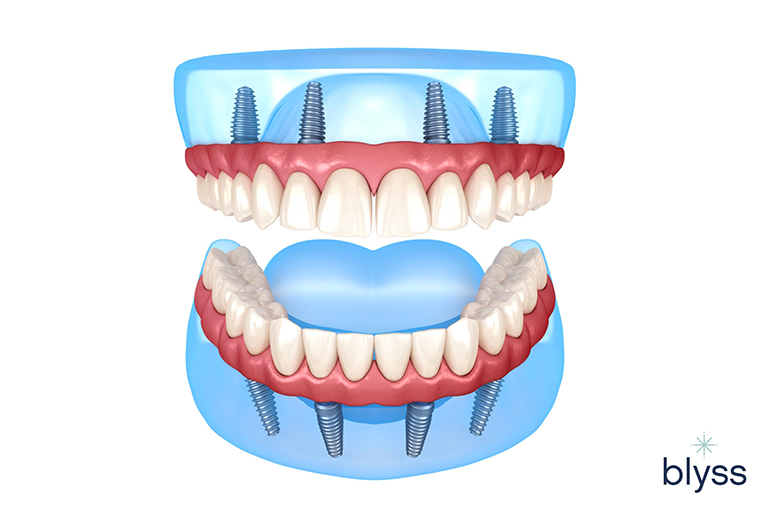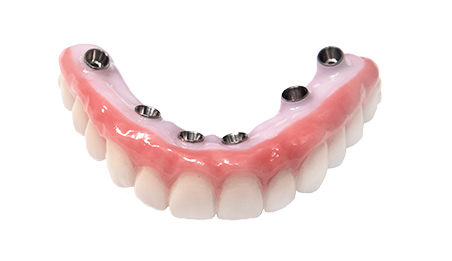All About Dental Sense
All About Dental Sense
Blog Article
The Definitive Guide for Dental Sense
Table of ContentsFacts About Dental Sense UncoveredFascination About Dental SenseExcitement About Dental SenseGet This Report about Dental Sense
are medical gadgets surgically dental implanted right into the jaw to recover an individual's ability to chew or their look. They give assistance for artificial (fake) teeth, such as crowns, bridges, or dentures. When a tooth is shed because of injury or disease, a person can experience difficulties such as fast bone loss, defective speech, or changes to eating patterns that cause pain.Dental dental implant systems contain an oral implant body and dental implant joint and may additionally consist of a joint fixation screw. Root canal procedure. The oral implant body is surgically inserted in the jawbone in place of the tooth's origin. The dental implant joint is typically affixed to the implant body by the joint addiction screw and extends via gums into the mouth to sustain the connected synthetic teeth
(https://myanimelist.net/profile/dentalsense1)Framework of The Oral Implant System selecting dental implants, talk with your oral provider concerning the prospective benefits and threats, and whether you are a prospect for the procedure. Points to think about: Your total health is an essential consider identifying whether you are a great prospect for oral implants, how much time it will take to heal, and for how long the dental implant may stay in location.
Smoking might affect the recovery procedure and decrease the lasting success of the dental implant. The healing process for the implant body may take several months or longer, throughout which time you typically have a short-term joint in place of the tooth. the oral implant procedure: Carefully comply with the dental hygiene guidelines provided to you by your dental company.
The Dental Sense PDFs
Implant failure can lead to the requirement for another medical procedure to deal with or replace the dental implant system. Brings back the ability to chew Brings back aesthetic look Helps maintain the jawbone from shrinking due to bone loss Protects the wellness of the bordering bone and gum tissues Helps keep surrounding (neighboring) teeth stable Improves lifestyle Damages to surrounding natural teeth throughout implant positioning Injury to the surrounding tissues during surgery, such as sinus perforation Injury throughout surgical treatment (for example, crack of bordering jawbone) Poor feature, such as feeling like the teeth do not bite together typically A feeling that the tooth hangs or turning in area resulting from a joint screw loosening up Implant body failing (looseness of the dental implant body) because of systemic infection, which may be most likely in clients with uncontrolled diabetes mellitus as a result of regional infection in bone and periodontals supporting the dental implant body due to delayed recovery, which might be more probable in people that smoke Problem cleaning the periodontals around the dental implant, leading to poor dental health Without treatment periodontal disease Post-surgical numbness as a result of nerve impingement or damage Always alert healthcare carriers and imaging professionals that you have oral implants before any kind of magnetic vibration imaging (MRI) or x-ray procedures.
FDA is not familiar with any kind of negative events reported for MRI or x-ray treatments with dental implants. Dental implants systems are commonly made from materials that follow international agreement requirements of the International Company for Standardization (ISO) or ASTM International. These requirements have information of what makes a secure material.

An oral implant is a framework that changes a missing tooth. With screw-like gadgets, the cosmetic surgeon inserts an implant into the jawbone, and it acts as a support for a synthetic tooth, called a crown.
Some Known Questions About Dental Sense.
Some people are not eligible for dental implant surgery. It is for dental cosmetic surgeons to operate individuals with: severe illnessuncontrollable metabolic diseasebone or soft tissue illness or infectionIf these problems are dealt with, a person can have the surgery. In, dental surgeons avoid running on individuals with: If people with any of the above undertake oral implant surgical treatment, there is a higher risk of the dental implant stopping working.

Oral dental implant surgery is an individualized procedure. It's not the same for everybody. The complying with provides a general introduction of what you can anticipate your dentist, oral cosmetic surgeon, periodontist or prosthodontist to do: Put the dental implant surgically. Provide you time to heal. Affix the blog post and final crown, bridge or denture.
Next, your cosmetic surgeon will very carefully put the dental implant into your jaw. Lastly, your specialist will reposition your periodontals and close the cut with stitches. If your implant is near the front of your mouth, your dental professional will make a short-term tooth for you to Full Article wear up until you heal. In this way, you will not have a space in your smile while you recover.
The Buzz on Dental Sense
During the healing stage, your jawbone needs to fuse to the dental implant. This procedure can take anywhere from 3 to 9 months.
Once your dental implant heals, your dental professional can attach the abutment (little adapter message) and your final reconstruction (crown, bridge or denture). This typically takes concerning one hour to finish and may require a second small surgical treatment. You should not feel any type of discomfort throughout your dental implant treatment since your supplier will make use of medication to numb your gums.
Report this page